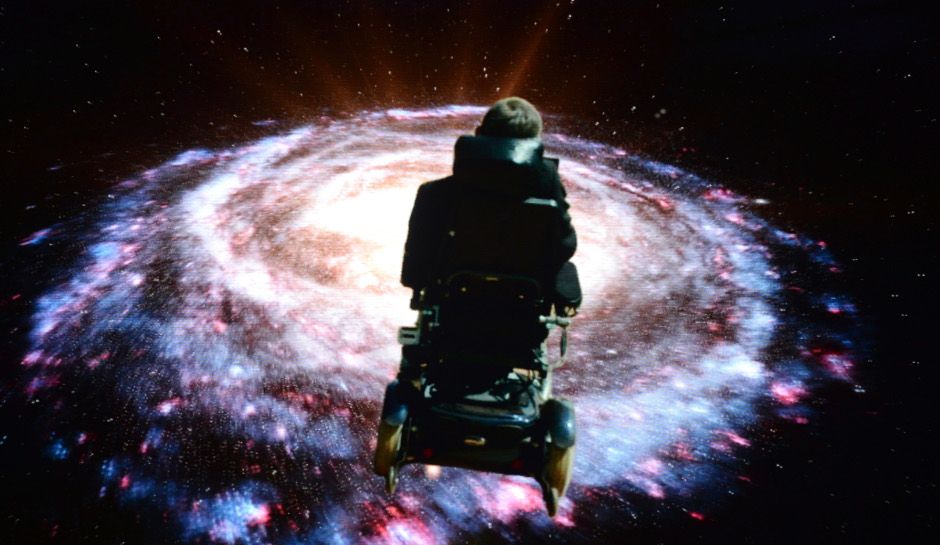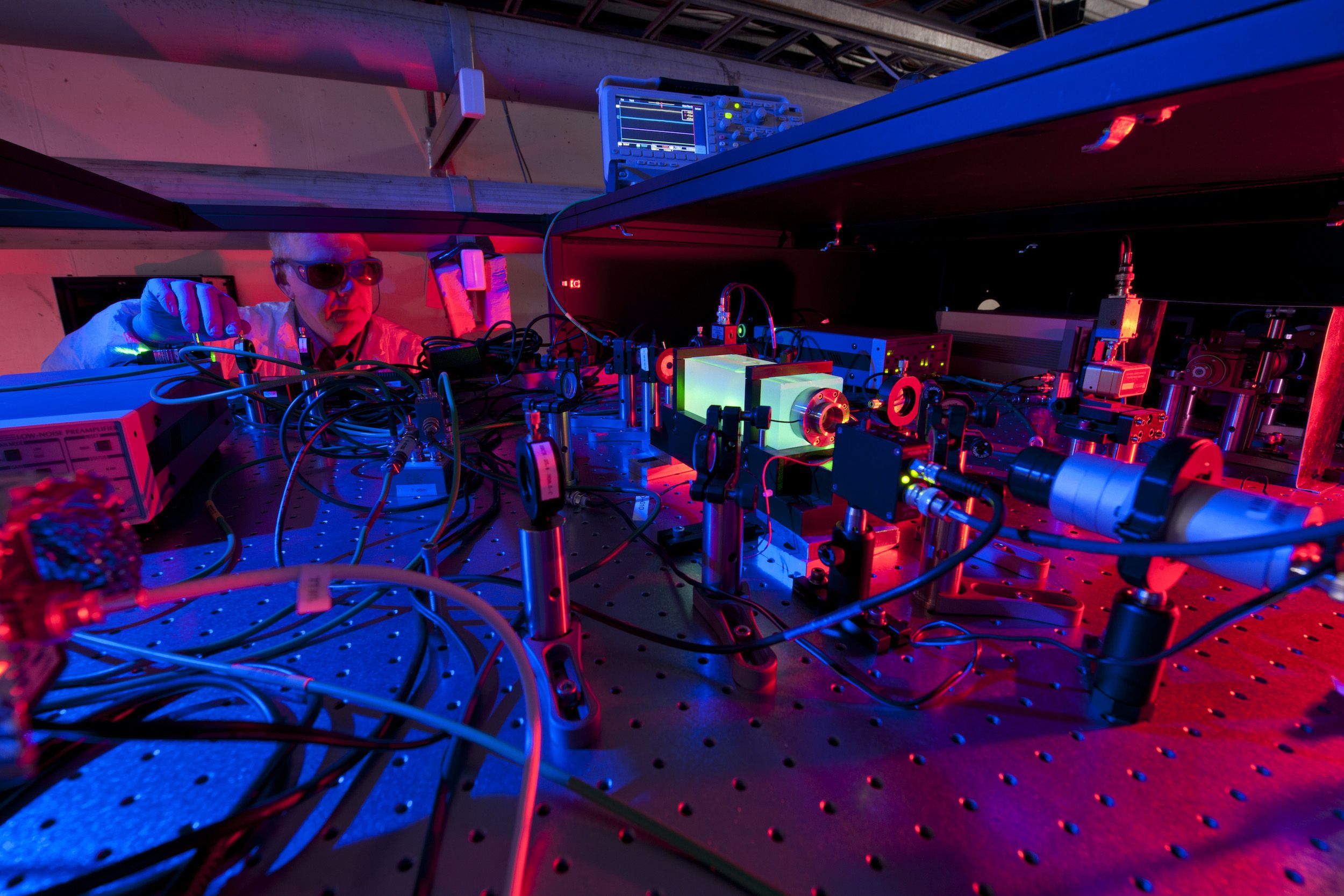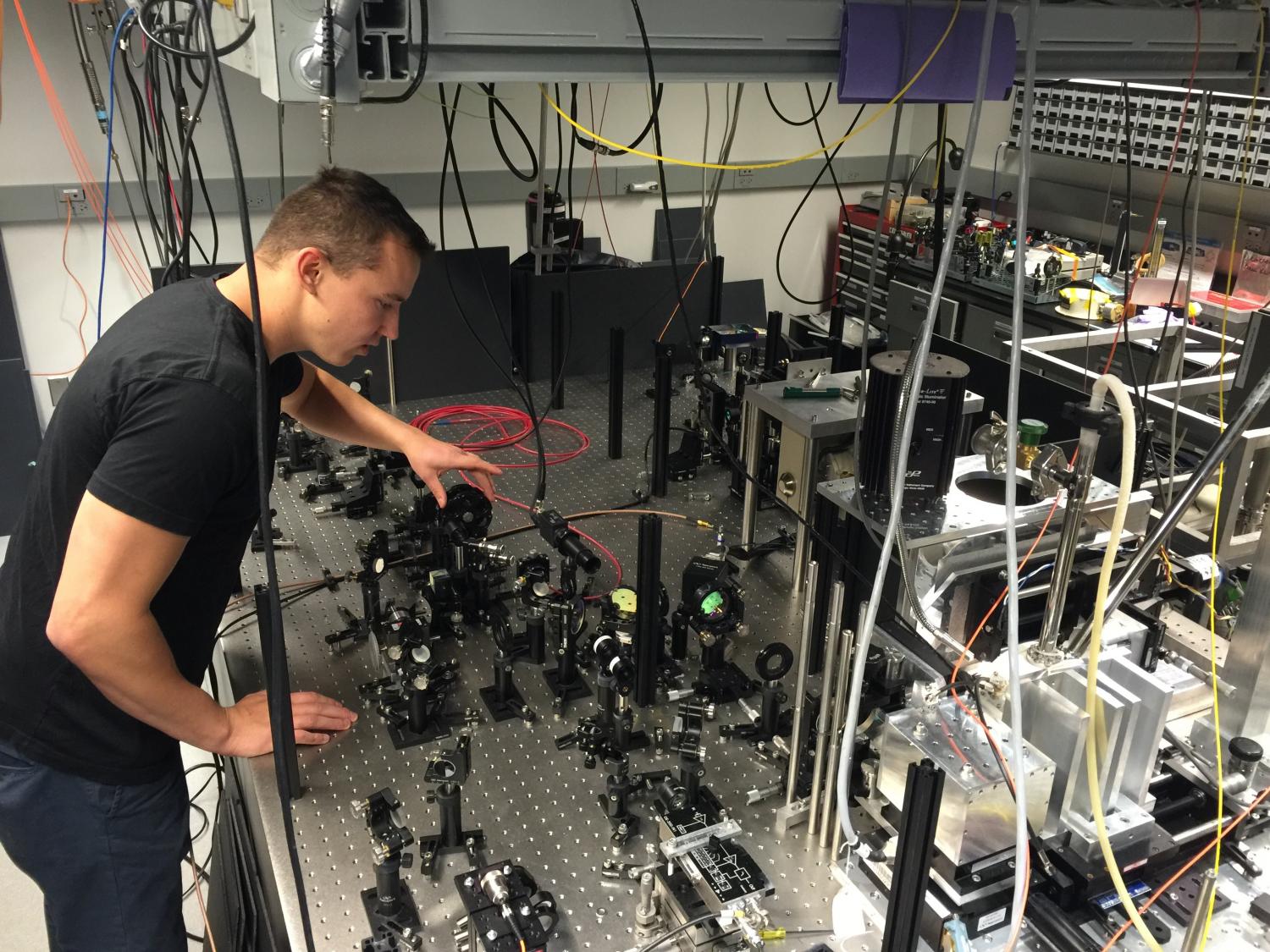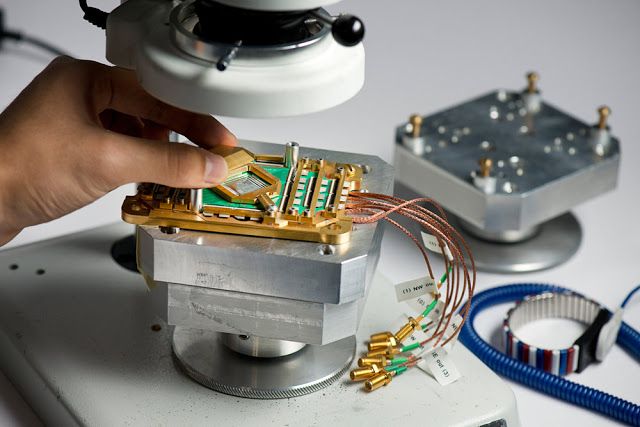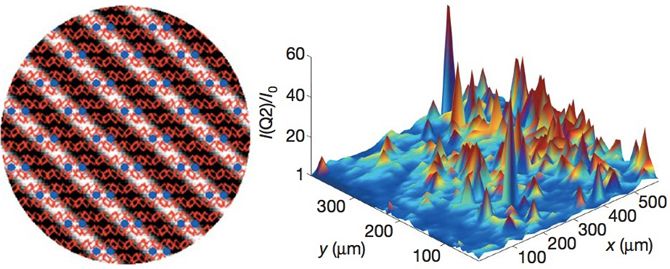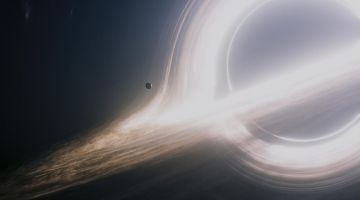Old post,but interesting…
If the holographic principle does indeed describe our universe, it could help resolve many inconsistencies between relativistic physics and quantum physics, including the black hole information paradox. It would also offer researchers a way to solve some very tough quantum problems using relatively simple gravitational equations. But before we can be sure that we’re living in the Matrix, there’s still a lot of work to be done.
“We did this calculation using 3D gravitational theory and 2D quantum field theory, but the universe actually has three spatial dimensions plus time,” Grumiller said. “A next step is to generalize these considerations to include one higher dimension. There are also many other quantities that should correspond between gravitational theory and quantum field theory, and examining these correspondences is ongoing work.”
Beyond the theoretical considerations, there’s the entirely different matter of pulling back the illusion and experimentally observing the holographic nature of reality. As it happens, physicists at the Department of Energy’s Fermilab are now trying to do just that.
Read more

